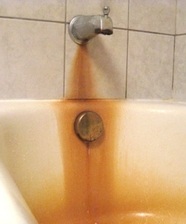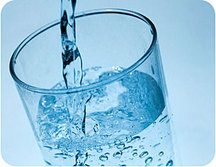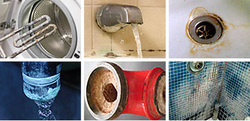
An overview of water treatment technologies
There have been several new developments in the water treatment field in the last years. Alternatives have presented themselves for classical and conventional water treatment systems. For filtration systems such as sand filtration and disinfection with chlorine many new solutions exist.
Which new water treatment technologies are interesting for industial applicatons?
source : lenntech.com
There have been several new developments in the water treatment field in the last years. Alternatives have presented themselves for classical and conventional water treatment systems. For filtration systems such as sand filtration and disinfection with chlorine many new solutions exist.
Which new water treatment technologies are interesting for industial applicatons?
- Well water treatment or surface water treatment as alternative voor mains water.
- Cooling with Cooling towers instead of with ground water.
- Pre-installation of low-pressure reverse osmosis systems before ion exchangers for boiler feed water.
- Disinfecting with UV-disinfectors instead of chlorination.
- CIP (cleaning in place) with chlorine dioxide
- Replacing high-pressure membrane systems with low pressure systems.
- Applying ultrafiltration systems instead of sand filters
- The re-use of waste water in the industry (water recycling).
- Compact membrane bio-reactors for biological purification.
- Oxidising non-biologically treatable (waste) water catalytical wet air oxidation
- Treatin cooling water with ozone instead of chemically dosed biocides.
source : lenntech.com



 RSS Feed
RSS Feed